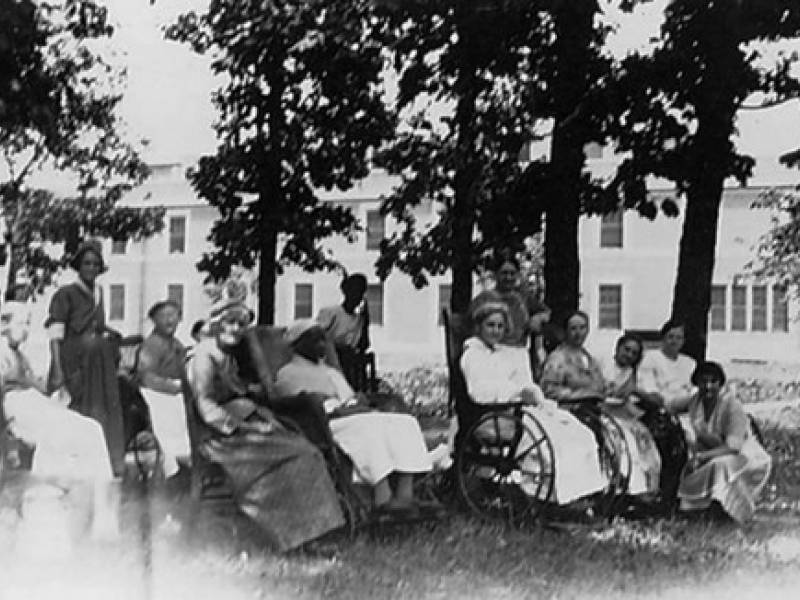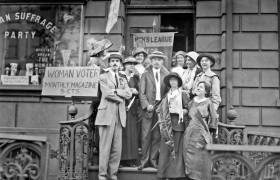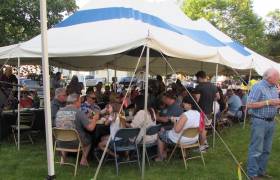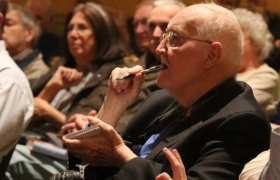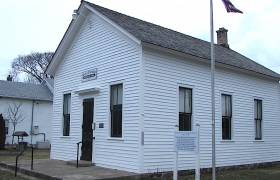The Correspondence of Harley Wayne
As debate rages, a look at the poor of the past
FEBRUARY 2013 - The debate raging in Congress over the federal deficit and its possible effect on the social safety net isn’t all that different than what occurred a century ago.
The American policy toward poor relief has evolved from a fend-for-yourself approach to one of public responsibility. But it did not arrive at this point overnight.
A century ago, the responsibility of caring for the disabled and disadvantaged fell to family. When that proved insufficient or impractical, children frequently were auctioned off as apprentices to the lowest bidders. The system, imported by English settlers in America, was known as “outdoor relief.” It resulted in public monies being paid to private individuals, sometimes the indigent themselves, and ultimately in conflicting agendas.
The government wanted to provide the minimum care necessary at the cheapest prices. The recipients all too often hoped to maximize profits — in some cases conspiring with family members or confederates to bid up the price so the state would have to pay more money.
Outdoor relief was blamed for encouraging dependence on welfare and abuses in the system.
“There were complaints that the poor were taking advantage of the system and that the y would get by with the alms that they were provided and didn’t have to work,” said Rochelle Lurie, Harvard, an anthropologist who has done extensive research into poorhouses. “And at that time, manufacturers were having a hard time filling the factories. It is exactly the same thing [that is happening today] ...
“Blame the poor people for being poor. It’s the same mindset. There is a belief you should pull yourself up by the bootstraps, a belief in the ability of the free market to take care of all problems.”
In 1853, Illinois passed a law making each township responsible for its own poor. By 1859, the question of whether to build a county supported poorhouse in McHenry County was r ejected by voters, but it wasn’t long before the issue returned. By fall 1883, McHenry County took its first steps toward establishing a county almshouse and insane asylum.
Almshouse sponsors protested against the inhumanity of practices that lumped the poor and mentally ill together. Since men, women and children shared the same space, it was difficult to keep order. Little wonder there were a number of illegitimate births.
 © 2024 MCHS- All Rights Reserved.
© 2024 MCHS- All Rights Reserved.

